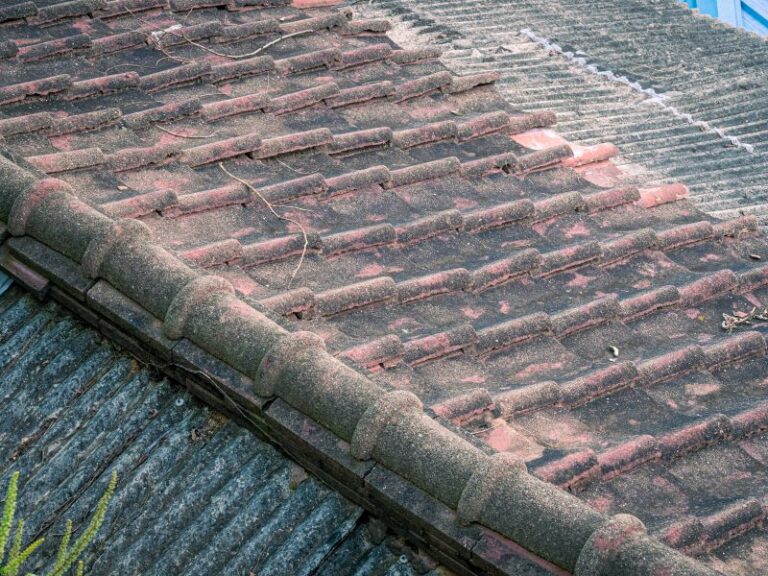The Science of Roof Ventilation: Unveiling Its Importance and Myriad Benefits

The Science of Roof Ventilation: Unveiling Its Importance and Myriad Benefits
When it comes to maintaining a durable and healthy roof, there’s more to consider than just the shingles and flashing. Roof ventilation, often overlooked but incredibly significant, plays a pivotal role in preserving your roof’s integrity and the overall comfort of your home. In this blog post, we delve into the science behind roof ventilation, its crucial importance, and the multitude of benefits it brings.
Understanding the Basics of Roof Ventilation
Roof ventilation is a system that allows for the movement of air within the space between your roof and the insulation. It consists of intake vents, usually placed at the lower edges of the roof, and exhaust vents located at the upper points. This system facilitates a continuous flow of air, preventing the buildup of heat and moisture in the attic.
Why is Roof Ventilation Important?
- Temperature Regulation: In the scorching heat of summer, attics can become incredibly hot. Proper ventilation helps expel this trapped heat, preventing it from seeping into your living spaces and reducing the need for excessive air conditioning.
- Moisture Control: Moisture can accumulate in your attic due to factors like humid weather, leaks, or inadequate insulation. Effective ventilation helps prevent condensation, mold growth, and rot, which can compromise the structural integrity of your roof.
- Energy Efficiency: A well-ventilated attic ensures that your insulation performs optimally. Proper insulation combined with ventilation prevents temperature extremes, reducing the load on your HVAC system and leading to energy savings.
- Roof Longevity: Excessive heat and moisture can cause shingles to deteriorate prematurely. By maintaining a balanced attic environment, you can extend the lifespan of your roofing materials.
Benefits of Roof Ventilation
- Prevents Ice Dams: In colder climates, inadequate ventilation can lead to the formation of ice dams on your roof, which can cause significant damage. Proper ventilation helps regulate attic temperature, preventing the conditions that lead to ice dam formation.
- Enhanced Indoor Air Quality: A well-ventilated attic reduces the likelihood of mold growth, improving the air quality within your home and safeguarding your family’s health.
- Reduced Risk of Condensation: Adequate ventilation ensures that warm, moist air doesn’t get trapped in the attic, mitigating the risk of condensation on cold surfaces.
- Prevents Shingle Warping: High temperatures can cause shingles to warp and lose their effectiveness. Ventilation helps maintain a consistent temperature, preserving the structural integrity of your roof.
- Preserves Structural Elements: Roofing materials, as well as the wood structure of your roof, are susceptible to damage from excess moisture. Proper ventilation helps prevent decay and rot, preserving your roof’s core components.
In conclusion, roof ventilation is more than just a technicality—it’s a fundamental aspect of maintaining a durable, energy-efficient, and comfortable home. By understanding the science behind it and recognizing its numerous benefits, homeowners can take proactive steps to ensure their roofs remain in optimal condition for years to come. Don’t underestimate the impact of proper roof ventilation; it’s an investment that pays off in the long run.




